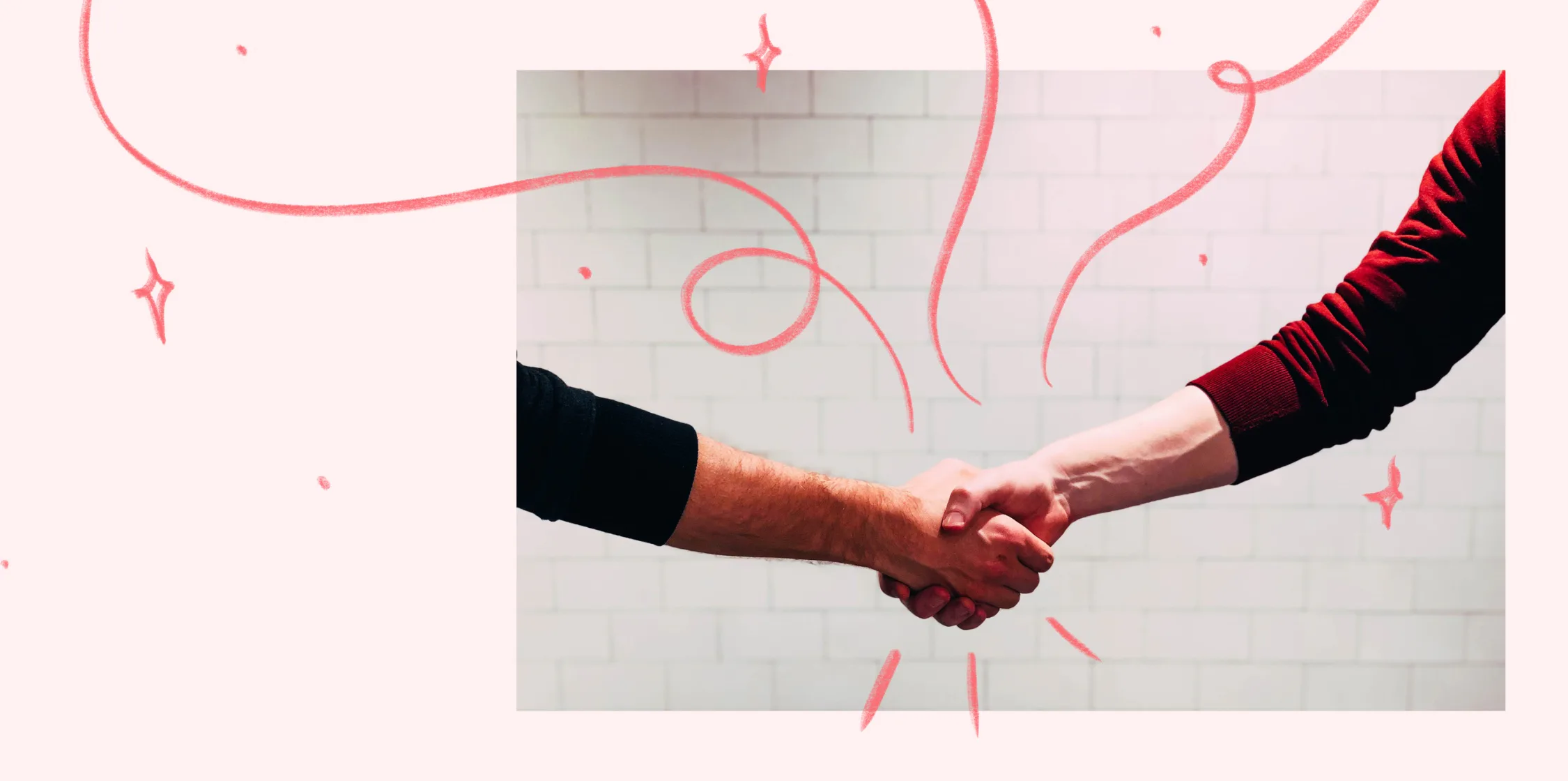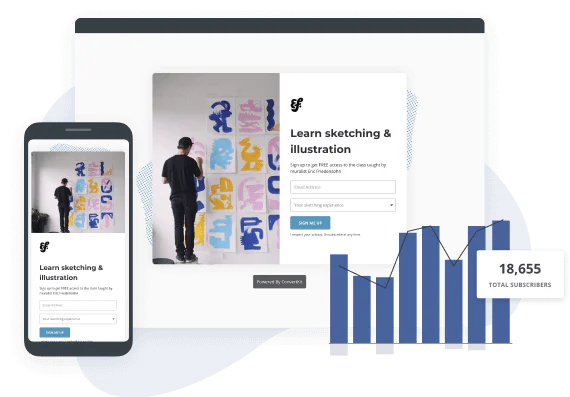In this Article
There has never been a better time to be a content creator.
Content creation has exploded in recent years. But with revenues on the uptrend, it’s important to be aware of the significant wealth distribution gap in the industry.
Sponsorship Coach and Founder of Creator Wizard, Justin Moore, is an expert at helping creators earn a living doing what they love. Justin joins us on this episode of The Future Belongs To Creators to talk about common mistakes creators make and how to run a successful sponsorship.
The most common mistakes creators are making today
“Passion freedom’’ is the end goal, says Justin—so you focus on your craft and do the things you love. It’s achievable if you fix these common mistakes and get better at the business side of things and run more successful sponsorships.
Mistake #1: Failure to ask the brand what their goal is
There are three types of goals a brand may have:
- Conversion
- Content repurposing
- Brand awareness
Always ask the brand what the campaign’s goal is, so you don’t leave potential money on the table. Your offer should change based on what the brand’s goal is.
When you understand the goal, there’s always more you can pitch to the brand. For example, instead of agreeing to do the one Instagram post a day for a month, offer them five Instagram deliverables they can run as advertisements. This way, you show you understand their goal and how you can add value, all while upselling your services.
Mistake #2: Negotiating against yourself
Creators set themselves up to be underpaid. Here’s an example of a typical conversation:
Brand: “Hey! We’d love to partner with you. How much do you charge?”
Creator: “Well, I usually charge X, but I’d be more than happy to do this for X minus Y.”
There’s so much value in the content you’re creating for brands, and you should not be giving the kitchen sink away for free.
Justin illustrates how creators should charge their clients with two concepts he refers to as “whitelisting” and “licensing.”
Whitelisting is where brands amplify the native post that you put on your page. It gives brands greater control over audience targeting and the ability to run A/B tests. As a creator, you get exposure to a larger audience that has not previously interacted with your page.
Licensing is when you give the client the raw file, and they use it on the brand’s social accounts. You’re transferring your rights over the work to a client, partially or in full, and getting paid in return. Depending on how you structure the transaction, this payment could be a significant source of income and could even fund some of your other marketing efforts.
Mistake #3: Being too quick to react
Many creators respond to their clients instantly with a price during the same conversation in which they learn of their clients’ needs. However, by doing this, you lose the opportunity to think of a more comprehensive strategy for the brand. Instead, let the client know you will get back to them with a proposal, giving you time to be more thoughtful and strategic with how you price your service and what your specific deliverables are.
Justin recommends that you offer the brand three packages at different price points.
- Basic: This package gives the client exactly what they asked for, nothing more, nothing less. Example: 1 Instagram post & 1 story
- Value: At a slightly higher yet still attractive price point, you could offer the client twice the deliverables of the basic package and maybe throw in a freebie
- Premium: Level up even further on both deliverables and price, for example, a mid to long-term social media collaboration.
What you’re doing through this process is adopting a concept called price anchoring. Price anchoring is a concept where you draw clients to higher packages to develop a more protracted partnership while forging a mutually beneficial long-term partnership.
Ready to bag your next big brand sponsorship?
Getting a brand sponsorship is not easy, but it’s easier than it has been. You simply have to prepare to set yourself on the path to success with sponsorships. Here’s what Justin has to say.
Have an audience-first mindset
The foundational element of any good sponsorship is honesty. It’s not about you, and it’s not about the brand. The question you should ask is, “Will this create value for my audience?”
Be responsive
Responsive creators are almost always directly responsible for the campaign’s success. Regardless of your intentions, your response time sends a message about your commitment and capacity for a healthy partnership. Don’t make brands wait for your response, especially if they are a brand you want to work with.
Be flexible
When working with brands, things can come up that were not included in your contract, for example, one more revision or an extra post. When this happens, understand that this is a long game, and you may need to be flexible. A few years down the road—when your client moves into a greater position of power—they’ll remember you.
Top takeaway for creators
Earning a living as a creator is no longer a far-fetched dream. You’re never too small to add value and earn money while working with the brands you love. The first step is to check yourself, identify mistakes you may be making, and ensure you aren’t getting in your way. Once you learn how to increase your income and effectively monetize your passion, you can experience real creative freedom.
To learn more on how to navigate paid sponsorships, negotiate rates, or have the confidence to initiate a brand deal – check out the full episode here.





